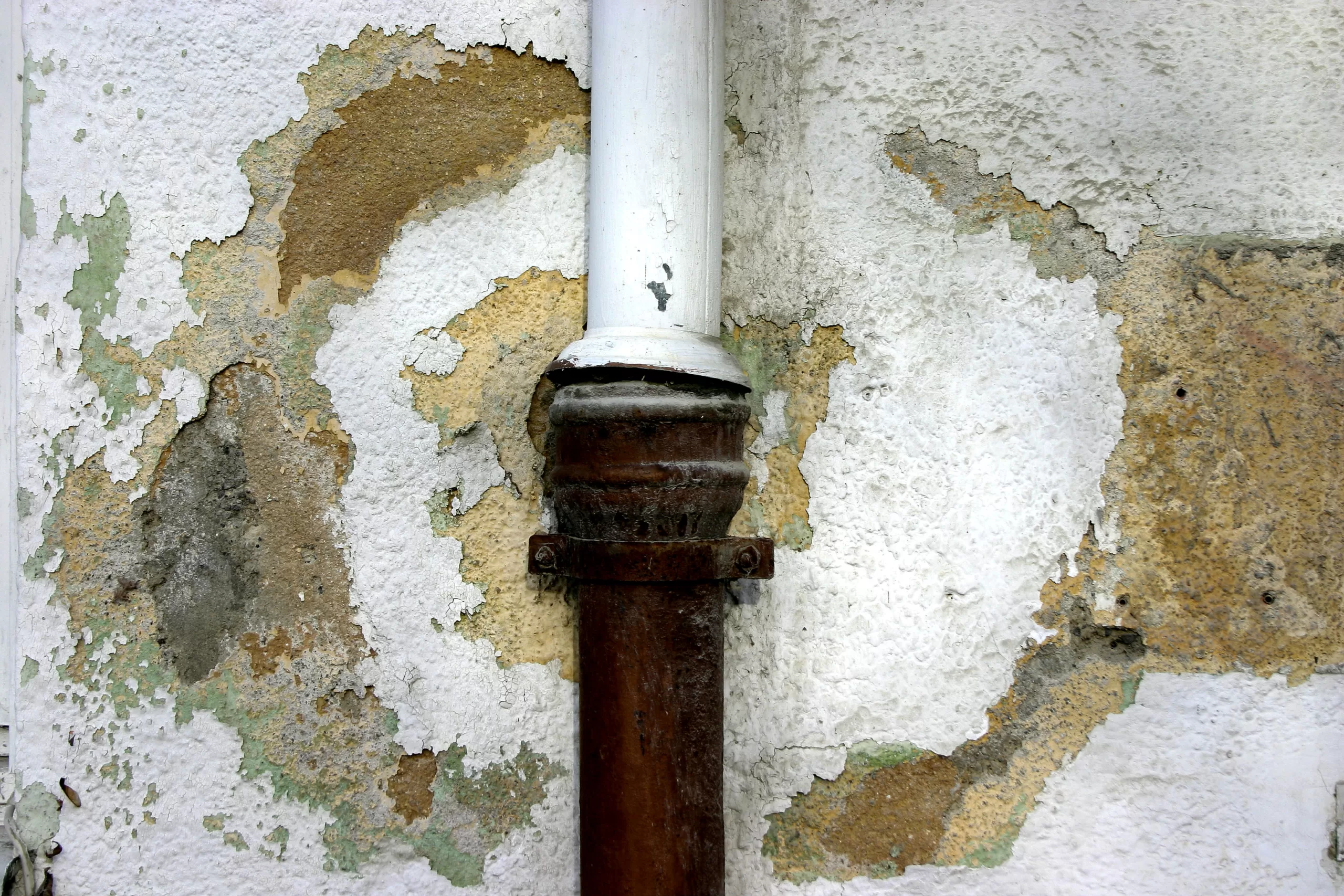Water damage, a common issue encountered in both residential and commercial structures, often results from various sources such as natural disasters, plumbing failures, or even simple negligence.
It can lead to serious structural problems and potential health risks if not promptly addressed.
This article aims to provide a comprehensive step-by-step guide on water damage restoration – from identifying the problem source to implementing preventative measures for future incidents.

The information presented herein is based on established industry practices and extensive knowledge in the field of water damage remediation.
By following these systematic procedures, it is anticipated that property owners will be able to regain control over their environment effectively and efficiently while reducing potential damage in the future.
Identifying the Source of the Problem
The first imperative step in the process of water damage restoration involves accurately identifying the source of the problem. This may range from leaking pipes to natural disasters, each demanding a unique approach for a successful resolution.
Essential to this phase is thorough leak detection and moisture identification within the afflicted area.
A meticulous plumbing investigation may be required to pinpoint hidden leaks that contribute to persistent dampness.
Simultaneously, a comprehensive roof assessment could reveal potential vulnerabilities to rainwater penetration or condensation buildup.
Furthermore, a detailed waterproofing examination might unveil deficiencies in building materials or their application techniques that exacerbate water ingress issues.
Each of these investigative measures plays an instrumental role in determining an appropriate remediation strategy. This critical information sets the stage for an accurate evaluation of the extent of the damage incurred.
Evaluating the Extent of the Damage
Assessing the magnitude of the inflicted harm necessitates meticulous scrutiny to ascertain areas that may not be immediately apparent but are nonetheless crucial for a comprehensive recovery plan.
This stage, referred to as damage assessment, is pivotal in determining the subsequent course of action.
- Emphasis should first be placed on safety precautions. This includes identifying potential hazards such as electrical issues or structural instability that could pose risks during restoration.
- The second step involves professional consultations for accurate evaluation and estimation of repair costs which will aid in insurance claims.
- Lastly, temporary relocations might be necessary depending on the severity and extent of water damage.
Comprehending these aspects allows for informed decision-making regarding resources and timelines required for full restoration. With this information at hand, one can confidently proceed toward initiating the cleanup process.
Initiating the Cleanup Process
Initiating the cleanup process necessitates meticulous planning and execution, ensuring that all affected areas are properly addressed to prevent further deterioration.
Read Also :
An initial assessment should be conducted to ascertain the extent of water damage, thus enabling precise determination of necessary safety measures and equipment selection.
This may include industrial-grade dehumidifiers for moisture elimination or high-powered pumps for water extraction.
Professional assistance is often recommended in this phase owing to their expertise and access to advanced restoration mechanisms.
They ensure waste disposal adheres to environmental regulations, preventing potential health hazards from emerging from contaminated debris.
Such processes not only mitigate immediate hazards but also lay a robust groundwork for subsequent phases of restoration.
The next section will outline strategies designed for repairing and restoring affected areas effectively and securely.
Repairing and Restoring Affected Areas
Undertaking the task of repairing and restoring affected areas requires the use of expertise and advanced technological interventions to achieve optimal results.
The process involves several significant steps:
Material selection:
Utilizing materials that are specifically designed to withstand water damage.
Damage classification:
Categorizing the severity of damage can determine the restoration techniques needed.
Restoration techniques:
Implementing effective methods tailored to specific types of damage.
Insurance claims:
Familiarity with insurance procedures can expedite compensation for damages.
Professional assistance:
Engaging experts in water damage restoration ensures thorough repair work.
By incorporating these elements, individuals can gain control over adverse situations, transitioning from reactive responses to proactive solutions.
As this section concludes, attention shifts towards ensuring that such incidents do not recur in future scenarios.
Preventing Future Incidents
To prevent recurrences of such unfortunate events, it becomes essential to adopt a systematic and proactive stance in implementing preventive measures. These include:
Moisture control strategies:
These play a significant role in preventing water damage by controlling humidity levels within the premises.
Seasonal maintenance:
This involves regular checks and repairs of roofing systems and drainage pipes, especially before harsh weather conditions.
Waterproofing methods:
These provide an additional layer of protection against potential leaks.
Landscaping adjustments:
These can redirect water flow away from the building structure.
Installing water alarms:
These alert occupants early enough to prevent further damage when they detect signs of leakage or flooding.
These preemptive actions offer substantial safeguards against future incidents of water damage.
Water damage restoration is a meticulous process involving several steps:
1. Identification of the source of water damage:
This step involves locating and addressing the cause of the water intrusion, such as a burst pipe, leaky roof, or plumbing issue. It is crucial to stop the source of water to prevent further damage.
2. Evaluation of damage extent:
Once the source is identified and addressed, a thorough assessment of the damage is conducted. This evaluation helps determine the scope of the restoration process and guides the next steps.
3. Initiation of cleanup:
The cleanup process involves removing standing water, drying out the affected areas, and salvaging any salvageable items. Specialized equipment, such as dehumidifiers and air movers, may be used to expedite the drying process.
4. Repair and restoration:
After the affected areas are thoroughly dried, repairs and restoration work can begin. This may include replacing damaged drywall, flooring, or insulation, as well as repainting and refinishing surfaces.
In addition to these steps, it is essential to implement preventative measures to avoid future incidents.
This may involve regular maintenance of plumbing systems, installation of sump pumps or flood alarms, and ensuring proper drainage around the property.
Understanding and employing these steps in a systematic manner can ensure effective recovery from water damage while minimizing potential long-term consequences.
This knowledge proves essential in maintaining the structural integrity of buildings subjected to water-related damages.









